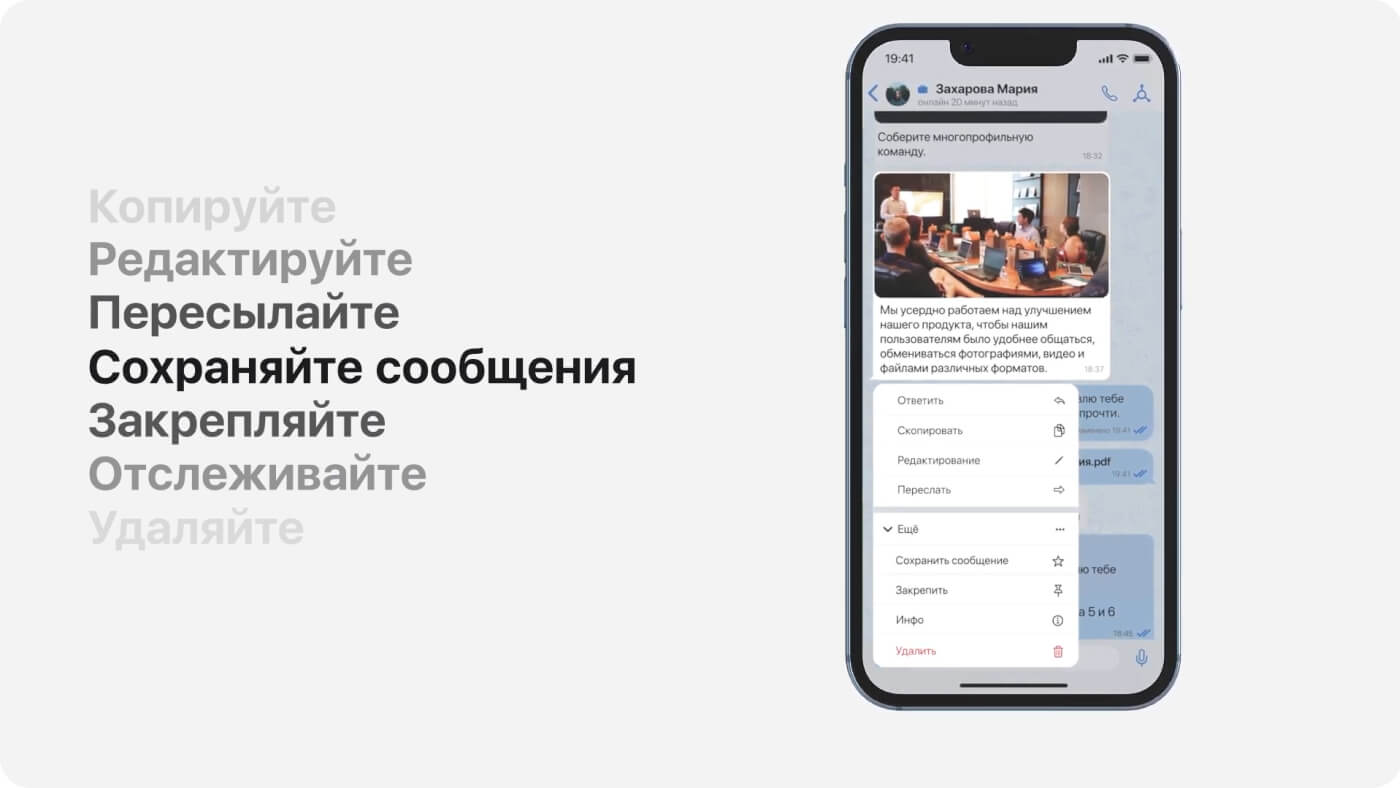
Every day we communicate with colleagues, clients, friends. However, it is in the work environment that mistakes in dialogue can lead to serious consequences, affecting the results of projects and relationships in the team. How to avoid misunderstandings and build constructive communication? In this article, we will analyze typical mistakes that often occur in negotiations with clients and the team.
Mistake 1: Not listening to the interlocutor
People are more focused on their thoughts than on what the interlocutor is saying. It seems that listening is easy, but often instead we think about what to say next. As a result, we miss important details and risk ruining the relationship with the interlocutor. To avoid this, focus on what your interlocutor is saying, ask clarifying questions, and show interest. If something is unclear, don’t be afraid to clarify — it’s better than guessing.
Also, pay attention to non-verbal cues: facial expressions, gestures, and tone of voice of the interlocutor. This will give you more context for understanding their position. Sincere interest and attention to detail will strengthen the interlocutor’s trust during any conversation.
Mistake 2: Ignoring the interests of the other party
If you only talk about your tasks, without taking into account what is important for the interlocutor, the conversation will quickly reach a dead end. Try to find out what the other party wants and find common ground. For example, start a conversation with an open-ended question: "What do you consider to be the most important thing in this project?"
This approach will help reduce tension and create an atmosphere of mutual respect. It is important to remember that successful communication is always a compromise in which both parties win.
Mistake 3: Giving in to emotions
Emotions are an integral part of communication, but everything should be in moderation. Anger, irritation, or excessive emotionality can ruin the entire conversation. If you feel that the situation is heating up, take a break: literally a few minutes of silence will help you regain your composure.
To avoid such situations, try to define the goals of the meeting in advance and stick to them. A clear structure and logic in the discussion process help reduce emotional tension or return the conversation to the right track.
Mistake 4: Postponing conflict resolution
Many people prefer to avoid controversial issues, postponing them for later in order to maintain good relations with clients. However, such actions, on the contrary, only worsen the situation, increase mistrust and prevent the team from moving forward.
Here are some proven tips to help resolve a conflict quickly:
- Acknowledge the problem right away.If you feel tension rising, don't ignore it. Ask a direct question: "I noticed something is wrong, can we discuss it?" It may seem awkward, but it's better to find out what the problem is right away than to wait until the situation gets out of control.
- Let the other person speak. Conflicts often arise because the parties don't feel heard. Show that you value your opponent's opinion and don't interrupt them. Focus on resolving the conflict, not on the problem. Don't try to figure out who is right and who is wrong. Instead, look for options on how to fix the situation. For example, in a conversation with a client, you can say: “I understand that you are not happy with this aspect. You can offer options for solving the problem that are comfortable for you, and we will discuss them.”
- Don’t leave the conflict “in limbo.” Even if it seems that the issue will resolve itself, be sure to agree on specific steps. For example, with a client, this could be a follow-up meeting to discuss changes or a promise to provide additional information.
- Use “I-messages.” It is important to talk about your feelings and perception of the situation, and not to blame the other person. For example, instead of “You never listen to me!” say “I feel that my suggestions are not being taken into account, and this makes it difficult to resolve the issue.”
- Document. When the conflict is resolved, it is important to record it in writing so that misunderstandings do not arise in the future.
Mistake 5: Vague Expression of Thoughts
If you don't clearly formulate your thoughts, people start to get confused and irritated. Instead of getting to the point right away, we start "dragging the cat's tail" and then wonder why everyone asks questions like: "What are you talking about?" or "I don't quite get it." Before the meeting, state the main point you want to convey to the interlocutor, and make sure that you yourself understand what you are talking about. And if you use complex terms, clarify that everyone understands them, and don't expect someone to guess.
Simplicity and logic in speech will help you establish effective communication. If possible, support your words with examples or illustrations to keep the attention of the interlocutor.
Platforms for work communications
Today, there are enough modern platforms for effective communications on the market that will help you hold meetings at a high level. As a rule, the systems combine video conferencing, chats, file sharing and many other functions for daily communication within a team and with clients.
One such platform is eXpress — a superapp that combines a messenger, a videoconferencing for 250+ participants and SmartApps — mini-applications within the platform. Key features of VKS include meeting recording, screen sharing, and event scheduling. You can invite participants via a link, even if they are not registered in the system, and data protection is provided by a password. eXpress also offers end-to-end encryption, privacy mode, and integration with chatbots that can automate any task.
Summing Up
Communication mistakes happen to everyone, but they can be corrected. Communication is a skill that requires constant practice. It is important to learn to listen, take into account the interests of the interlocutor, and not be afraid to resolve conflicts that arise. And modern communication tools will help you significantly improve the quality of work communications!





